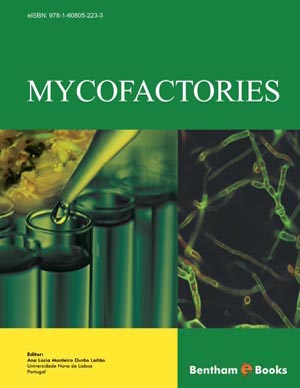Abstract
Copper containing proteins are widespread in nature, ranging from humans to simple prokaryotes. They are involved in several functions related with copper homeostasis, transport and energy metabolism. Multicopper oxidases are a well characterized group of copper-containing proteins, characterized by their ability to employ the redox properties of the copper atoms to catalyze substrate oxidations. The multicopper oxidases have been classified in three distinct families according to their fold and properties: (I) nitrite reductase-type, (II) laccase-type and (III) ceruloplasmin-type. In fungi, multicopper oxidases showed versatile metabolic properties, being involved in reactions such as polymerization of phenolic acids to constitute lignin, and the oxidative degradation of xenobiotic compounds. In this review we will analyze in detail the structural properties of two main groups of fungal multicopper oxidases, laccases and tyrosinases, in order to establish solid structure-activity relationships among all their members. Structural features of multicopper oxidases from fungal origin will be also related with the substrate specificity of the enzymes and their possible applications in biotechnological processes.






